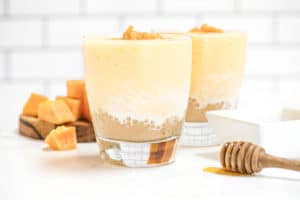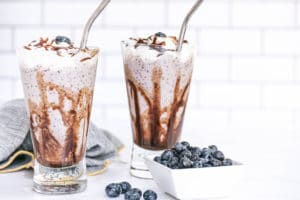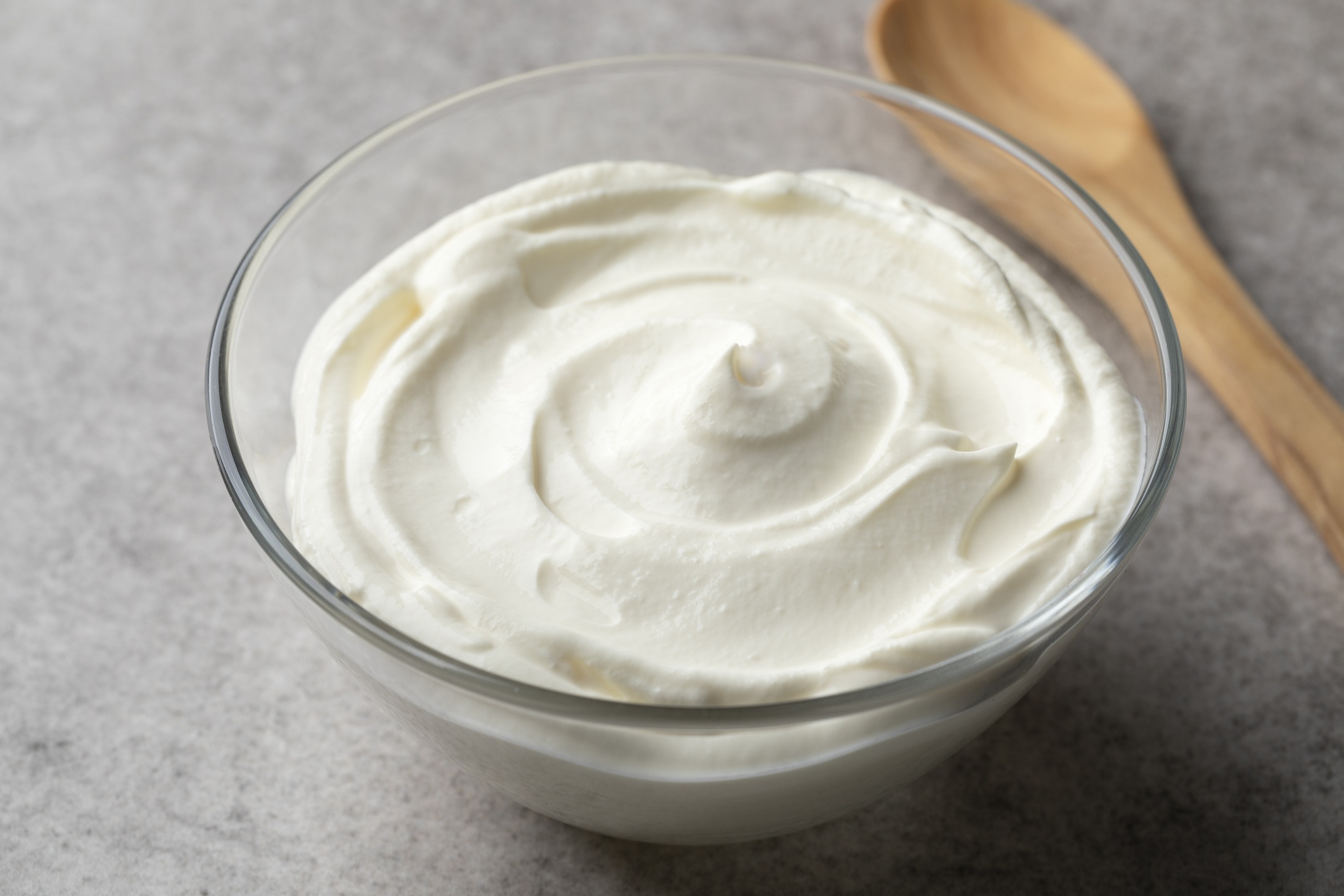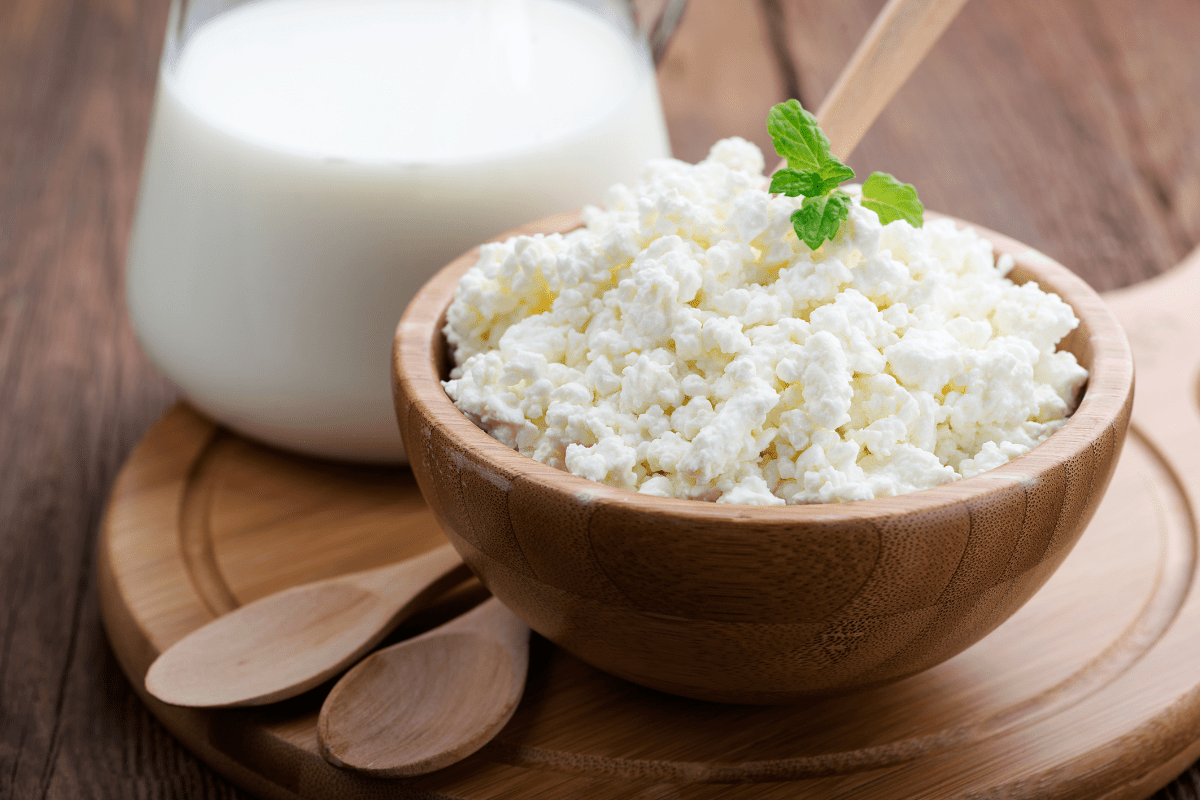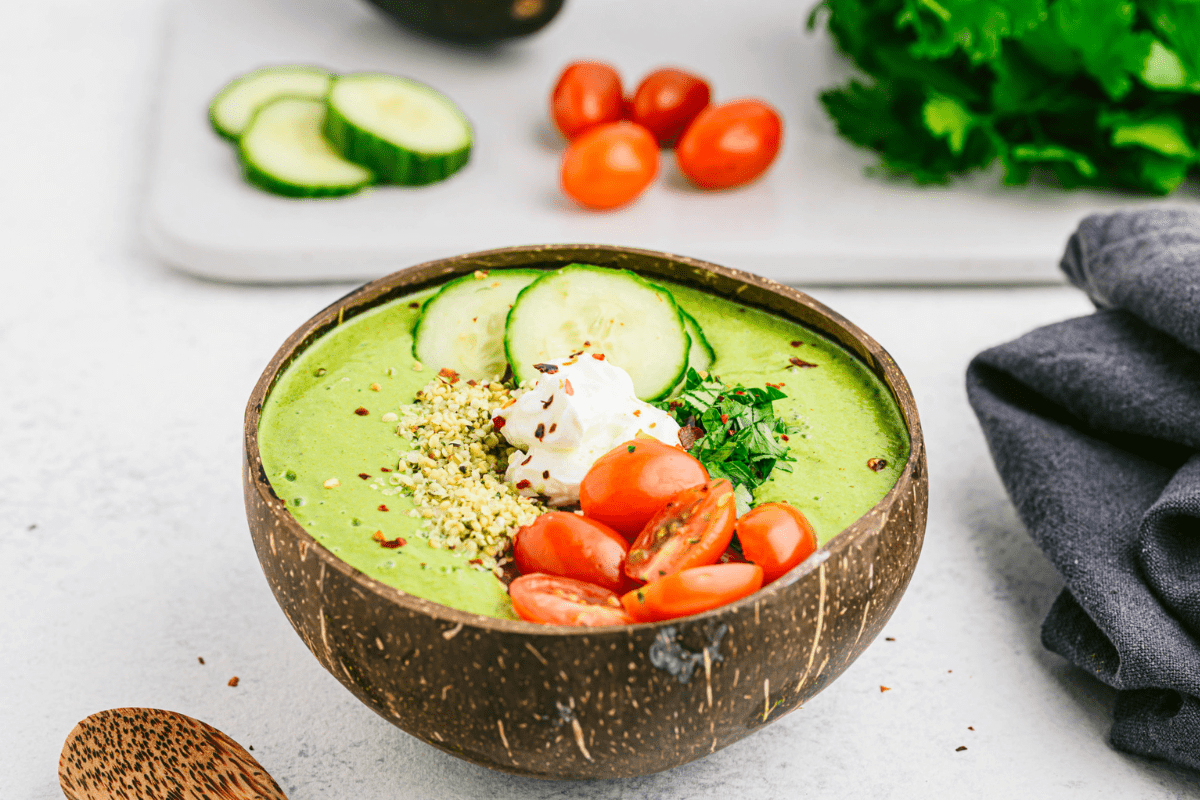Kefir is a nutrient dense option you can grab in the dairy aisle to offer you protein, essential vitamins and minerals and healthy bacteria to help your microbiome. Let’s dive into the history and the nutritional benefits of kefir and how to make it at home.
History
Kefir, pronounced as KUH-FEAR, in the Turkish language means “good feeling,” which is fitting as it is a nutrient-dense probiotic food similar to yogurt.
Before kefir’s wider distribution as we now know it today, it was a well-kept secret by people in the Caucasus mountains of Russia for hundreds of years. It was later introduced to the western world in the 1960s and has since risen in availability and consumption.
Nutrition
What really makes kefir so special is its nutrient profile and health benefits in a small serving size. Kefir is a nutrient-dense drink that contains essential amino acids, vitamins, and minerals similar to cow’s milk. 1 cup of plain, low-fat kefir provides approximately 100 calories, 2.5 grams of total fat, and 9 grams of protein, depending on the processing. Just like milk, in 1 cup it also provides calcium, potassium, vitamin A, B-vitamins, and other nutrients.
As a probiotic drink, kefir can also improve gut health by increasing beneficial microbes and decreasing harmful microbial species. Studies show that the health benefits include anti-cancer properties, improving blood pressure, and improving blood glucose. Further research is looking into how it affects the immune system, liver disease, and anti-inflammation with promising outlooks.
As more people are focused on gut healthy, kefir will continue to be a popular option. With research continuing to unfold the health benefits, there will be even more reason to include it as a part of a healthy diet.
How to Make Kefir
Making kefir begins with its grains. These grains are made of a casein core surrounded by proteins, lipids, and sugars with bacteria and yeast living, symbiotically, on the surface. The live cultures and bacteria will vary, but are primarily made up of lactic acid bacteria, yeast, and acetic acid bacteria. These grains are fermented with milk for about 12 to 24 hours. During the kefir-making process, two fermentations occur at the same time: fermentation of lactose (lactic acid fermentation) and the fermentation of kefir grains from yeast (alcoholic fermentation). After straining the grains, the final product has a smoothie-like appearance with a sour and carbonated taste, similar to drinkable yogurt.
For those interested in making it at home, a starter kit or kefir grains and milk are needed. Kefir starter kits, containing freeze-dried bacteria, can be found online or at select grocery stores. Kefir grains, which can be used repeatedly, can mostly be found online and at select stores as well. But don’t worry, you don’t have to make kefir at home to get the benefits, you can find kefir, plain and flavored in the dairy aisle of grocery stores.
Whether home-prepared or store-bought, kefir can be enjoyed in numerous ways. Try having it on it’s own in a glass, poured into cereals like milk, or us it as a substitute for milk or yogurt in recipes for smoothies, parfaits, bubble tea drinks, pancakes, and milkshakes. With the fermentation process, it is also lactose-free!
Two Delicious Recipes
Recipes courtesy of Savor Recipes

